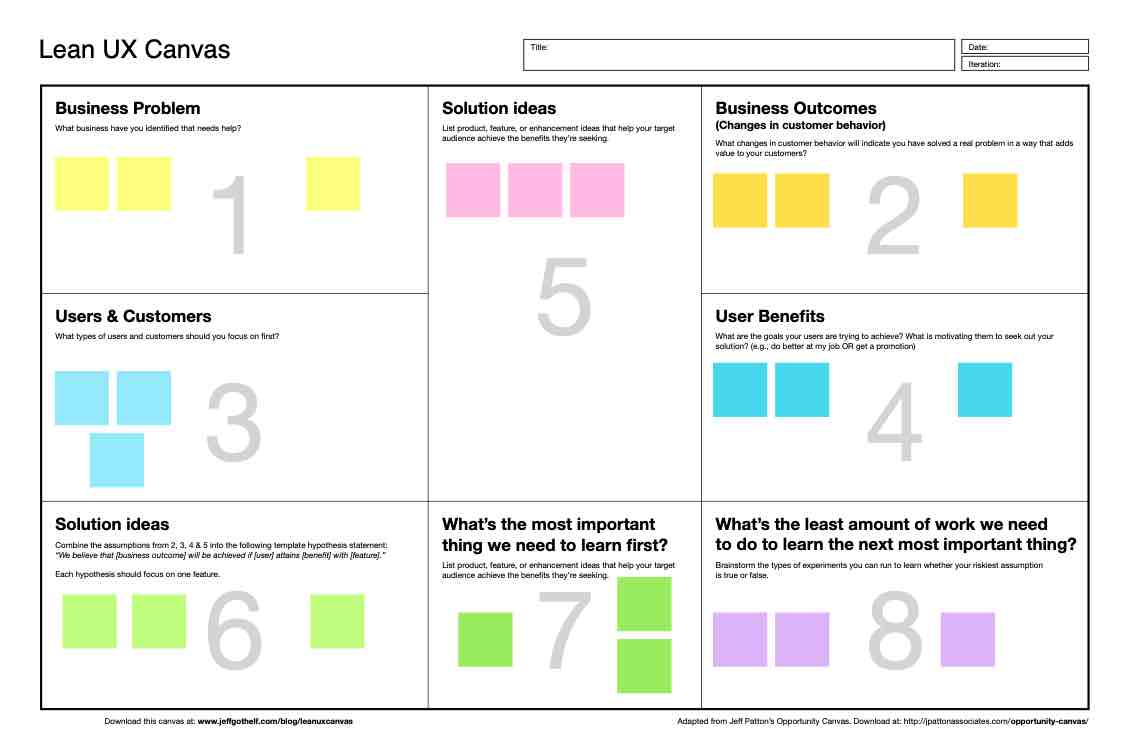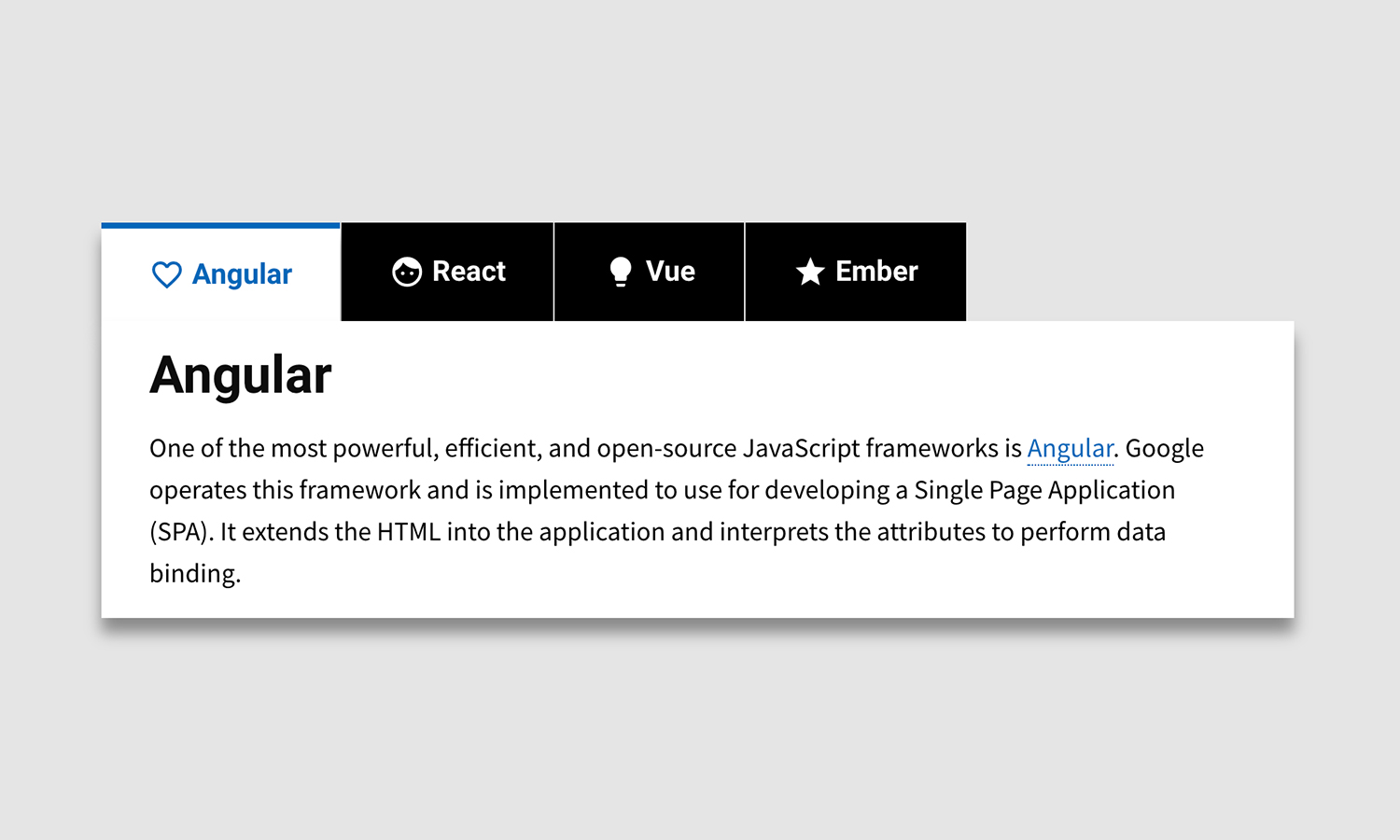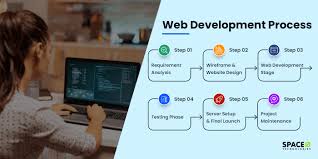
Although you may have heard of the Fluid grid or the Fluid pattern, did you know that there are other responsive design best practice? These techniques include Fluid visuals, Flexible grids, and Column Drop pattern. If you are not familiar with these techniques, this article will give a brief overview on how to apply them in your own designs. This information will help you make the process much easier. But how do they actually work on your website?
Flexible grids
When designing for mobile devices, a flexible grid is one of the most essential responsive design best practices. This allows you to adjust the spacing and scale the content to fit the screen. Flexible grids allow for white space to be preserved in order not to compromise visual balance or consistency. These grids can be used to add more space for content. Flexible grids are best practices for mobile web development because they are easy to customize for any device.

Fluid pattern
Fluid patterns are a good choice for responsive web design. The fluid pattern is a grid-like design that can expand and contract horizontally. This will allow your website to appear more flexible on different screen sizes. Fluid patterns work on mobile devices as well. Because the grid-like structure of fluid patterns is flexible, you can adjust the width of your layout without compromising on quality. They are flexible as they do not depend upon fixed units.
Column Drop
Column Drop is a responsive design pattern that's very popular. This layout stacks content vertically, and uses fluid grids. Column drop layout patterns tends to shift columns down with increasing viewport width. This is because the main content is always at the center. A layout shifter is another option that works well on sites that contain many types of content. You can adapt it to different screen sizes by using different layouts.
Flexible visuals
One of the most important components of responsive design is flexible visuals. This is key to creating a user-friendly experience on a variety devices. As with content, the image should follow the medium, so that the user can view it in the manner that best suits the device. It is important to avoid large images that take up too much space, especially when designing for mobile devices. Large images can also slow down the loading time on mobile devices.

Media queries
Media queries are an effective tool to create flexible layouts of websites. They allow you to change the colors of the text and other elements of the webpage based on the size or viewport. Media queries can either have minimum or maximum values. In most cases, you will only need a single media query. These tips provide information about responsive design and media queries. Please also visit the Media Types Section.
FAQ
How to design your website?
It is important to first understand your customers and what your website should do for them. What are your customers looking for?
What other problems could they face if they can't find the information they need on your website?
This knowledge will help you to identify the problems and then solve them. Also, you need to ensure that your website looks professional. It should be easy for users to navigate.
Your site should be extremely well designed. It should not take too much time to load. If it takes too much time, people will not stay as long as they want. They'll move elsewhere.
It is essential to determine where all your products reside before you start building an eCommerce website. Are they in one place? Are they all in one place?
Decide whether you plan to sell one product at a time or several products. Do you prefer to sell one type of product, or several types?
You can start building your site when you've decided on these questions.
Now you need to worry about the technical side of things. How will your site work? Is your site fast enough to be useful? Can people get to it quickly from their computers?
Will it be possible to buy something online without paying any extra? Will they have to register with your company before they can buy something?
These are the essential questions you should ask yourself. These questions will help you to make the right decisions and move forward.
Do I require technical skills to design or build my website?
No. All you need to understand HTML and CSS. You can easily find tutorials online that teach both HTML and CSS.
Do I need a portfolio to get hired as a web designer?
Yes. When you are applying for a job as a web developer or designer, a portfolio is crucial. Portfolios must showcase your skills and experiences.
Portfolios typically include examples of past projects. You can include anything that demonstrates your skills. Your portfolio should include everything: wireframes and mockups as well as logos, brochures, websites, apps, and even logos.
Do I use WordPress?
Start small to create a strong web presence. If you have the resources and time to create a fully-fledged website, go for it. Start with a basic blog, even if your budget is limited. You can always add features later as you learn how to design and develop websites.
But before you build your first website, you should set up a primary domain name. This will allow you to point to your primary domain name when you post content.
What types of websites should you make?
The answer to this question depends on your goals. To build a business around your website, you may want to focus on selling products online. To make this happen, you'll need a reliable eCommerce website.
Blogs, portfolios, as well as forums are some other popular web types. Each type of website requires different skills. For instance, if you want to set up a blog, you will need to learn about blogging platforms such as WordPress or Blogger.
It is important to choose the right platform for your site. There are many themes and templates that you can use for free.
Once you have selected a platform you can add content to your website. Images, videos, text, and other media can all be added to your pages.
Once you're ready to publish your website online, click here. Once published, visitors can view your site in their browsers.
Where can I locate freelance web developers
Many places have freelance web developers and designers. Here are some top options.
Freelance Sites
These sites have job listings that are open to freelance professionals. Some have very strict requirements, while some don't care which type of work it is.
Elance is a great place to find graphic designers, programmers and translators.
oDesk features similar to oDesk, but they are focused on software development. You can apply for jobs in PHP, Perl Java, Java, C++ Python, JavaScript Ruby, iOS and.NET developers.
Another option is to visit oWOW. Their site is focused on web designers and graphic artists. They offer writing, video editing and programming as well as SEO, social media marketing, website design, and many other services.
Online forums
Many forums allow members of the community to post jobs or advertise their services. DeviantArt, a forum for web designers, is one example. If you search "web developer" in the search bar, you will see a list of threads where people are looking for someone to help them with their websites.
Statistics
- Did you know videos can boost organic search traffic to your website by 157%? (wix.com)
- It enables you to sell your music directly on your website and keep 100% of the profits. (wix.com)
- It's estimated that in 2022, over 2.14 billion people will purchase goods and services online. (wix.com)
- At this point, it's important to note that just because a web trend is current, it doesn't mean it's necessarily right for you.48% of people cite design as the most important factor of a website, (websitebuilderexpert.com)
- It's estimated that chatbots could reduce this by 30%. Gone are the days when chatbots were mere gimmicks – now, they're becoming ever more essential to customer-facing services. (websitebuilderexpert.com)
External Links
How To
Drupal 7: How to Use It for Web Design
Drupal is one the most widely used Content Management Systems (CMSs) today. It was created in 2003 by DriesBuijtaert from Belgium. Named after the names of its two developers, Dirk Buijtewaard (from Belgium) and Pierre d'Herbemont (from France). Drupal was open-sourced in 2005. Many versions of the CMS have been developed since then. Drupal is still used by many companies and websites all over the globe.
Drupal is extremely popular among website owners due to several reasons. Drupal is free to download, and easy to install. It is simple to customize and expand. It is well documented. Fourth, the forum and IRC channels offer great support. Fifth, it is extensible via modules. Sixth, it supports multiple languages. It is easy to customize. Eighth, it's scalable. It is secure. Tenth, it's reliable. It is also supported by the community. All these factors make Drupal a perfect choice for your next project.
You may wonder what Drupal is different from other CMS systems. It's simple. Drupal is an open-source content manager system. Drupal is completely open-source and freely available for download. With Drupal, you have complete control over your website. You can add pages and remove them.
Drupal is a great option for anyone who doesn't have any technical skills and wants to create a website. You don't have to be a programmer to build your website, unlike other CMS. All you need is to learn how to use the essential functions of Drupal. You will then be able modify your website to suit your needs.
Drupal's many pre-built themes, and plugins are another benefit. These plugins can be used to improve your site's functionality. To collect contact information, you can use Contact Form module. Google Maps also allows you to display Google Maps on your website. Drupal comes with thousands of pre-made templates. These templates give your website a professionally designed look.
Drupal's flexibility is another advantage. Drupal supports many different modules, so you can easily add or remove them from your website without worrying about compatibility. If you need to integrate social media in your website, it can be done quickly. You can also set-up RSS feeds, email subscriptions, etc.
Drupal is extremely customizable. Drupal offers many options for customization, including the ability to create custom fields or forms and manage users. You can also create complex layouts with Drupal.
Drupal is resilient and reliable. Drupal is reliable and easily scalable. Also, it offers excellent security features. Drupal is a great web development platform.